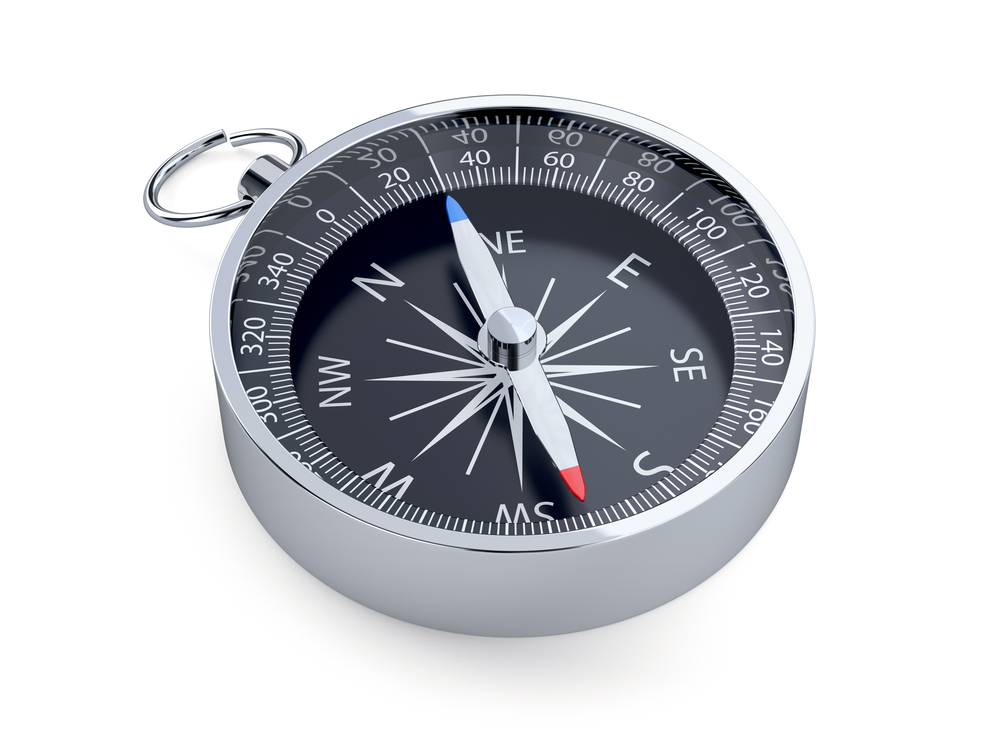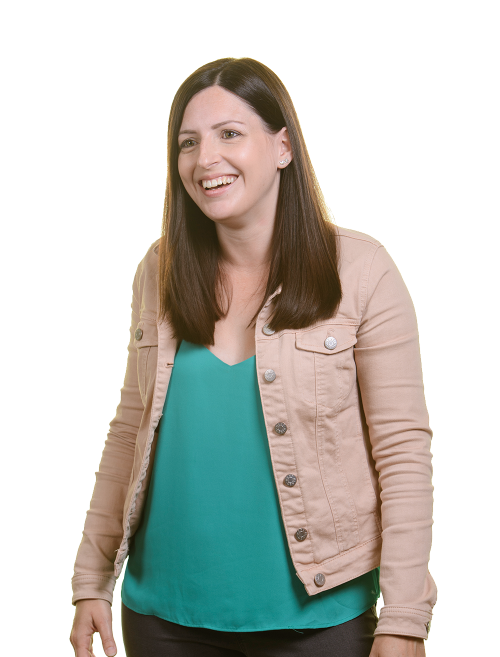Creating an effective website layout – Part 1: Navigation

It’s great you’ve worked hard to get all that traffic to your website, but it needs to convert! What do you want those visitors to do? Pick up the phone? Sign up for a freebee? Or perhaps place an order?
Once you know what you want them to do you need to make sure your website is laid out in a way that encourages that action. You may want them to do lots of things but it’s important to have a focus, otherwise you will bombard and overwhelm your visitors which could cost you their business.
There’s nothing more frustrating than landing on a website that you think has what you are looking for, but you just can’t find it!! Have you ever been looking for a hotel but can’t find parking information or nearby restaurants? Or been ordering online but can’t find delivery details without having to input your life story? We’ve all been there, and 9 times out of 10 we probably give up and take our business somewhere else, where we can get that information.
Most of the time, that information is probably there and these frustrations are a result of poorly laid out elements, whether graphical or the written word!
This series of blogs delve in to some research on how visitors interact with websites, and how you can use that information to make sure your website is effective! We’ll follow some of the customer journey through a website, and talk about the main elements they will interact with. Part 1 is sign-posting.
We can’t get to our destination without a clearly marked map
Good sign-posting is key. After all – we can’t get to our destination without a clearly marked map, up-to-date sat nav or good road signs! The same goes for your website: when someone lands on any of your web pages can they easily get to the information they are looking for? If they land on the wrong page, can they quickly find the right page?
When someone lands on your website there will be a number of things they are most likely to do, and a number of reasons they are most likely there. This will differ for each business, but you need to identify the most important items and make sure they’re clear and easy to get to.
Visitors can enter your website via any page
It’s also important to use a variety of sign-posting methods on ALL of your pages, as the homepage isn’t always going to be the page they land on.
With the dawn of Search Engine Optimisation and social media, people could feasibly enter on any page or even a blog post – these pages need to be as effective as your homepage.
According to an analysis by Gerry McGovern, page views sourcing from the home page of websites is decreasing dramatically. He witnessed a drop from 39% to only 2% in a space of 7 years, of page views coming from the home page of a large research site. This trend was doubly confirmed on another site he studied, where page views sourcing from the home page halved in just two years (from 10% in 2008 to only 5% in 2010).
(ref http://www.gerrymcgovern.com/new-thinking/decline-homepage)
Use a mixture of methods
This could include a mixture of methods depending on the use of that page. If it’s a root level or parent page then you may want to give a brief overview of the section then sign post people to the more detailed pages. This could be via another menu (like we have on all our services pages – each one lists the other pages in that section) or some feature boxes containing images and a short amount of text (take a look at our homepage).
If it’s a blog post, make sure they’re encourage to explore other relevant posts and pages on your website that they may be interested in. Keep them in a loop to increase your chances of them converting.
A scattergun approach of trying to accommodate every possibility won’t work either. If you try to make everything shout and grab the user’s attention, nothing will get their attention, so pick the parts that are most relevant to you and your audience.
Good ol’ navigation bars
Enough about entry points and fancy sign posts and more on navigation.
Variety is also key here, not everyone uses the web in the same way, plus not all users are adventurous and research shows that many users still need the obvious pointing out – this is where a mixture of conventional navigation alongside your more eye catching and perhaps design lead sign posts is key.
Established principles are your friend
Whenever we’re asked to create something quirky, we never do it at the expense of usability. We believe the two can sit side-by-side. Take the firecracker-uk.co.uk website as an example. You’re greeted with an attractive spinning wheel that reveals information as things are selected and also takes you through to inner more detailed pages. But not everyone will “get” what to do with it, and whilst there are light prompts, it’s not feasible to plaster the page in instructions as the entire effect and “wow” factor would be lost. Because it’s important to ensure you catch those unadventurous users, or those that are in a rush and head straight for that trusty menu bar, it’s sometimes important to stick to convention so you don’t lose those users (and you’ll see we’ve included one on the Firecracker website)! Often following established principles that people are used to can lead to a more successful website, as they’re easier to use and less scary!
A good nav is simple
Good old fashioned navigation should be greeted with open arms. Be clear and obvious (avoiding vague terms like “resources” and “tools” where possible, and being more specific about what is in those sections) and place your menu where people expect it to be, which is generally across the top or on the left.
If you have to categorise your menu to keep it succinct, use a drop down menu so users can discover where the content they need is in an instant. Less is also more with navigation, to many options can overwhelm your visitors and remove the ability for them to quickly scan the menu and find what they need.
The key here is give people options, stick to convention where possible and be clear and succinct!
So, ask yourself these questions. If a visitor lands on this page and it’s not what they’re looking for, how can you help them find the right page? If it is – what if they want to know more? How can you ensure that is easy?
Check back next week for Part 2 packed with some rather interesting research stats on effective copy layout.
Parts 3 & 4 will cover the myth of “the fold” and the conversions (getting what you want from your website).
Ready to get started?
Our team of creatives work together in a wide range of disciplines, meaning we’re able to craft beautifully bespoke creative that will produce results you’ll love!



